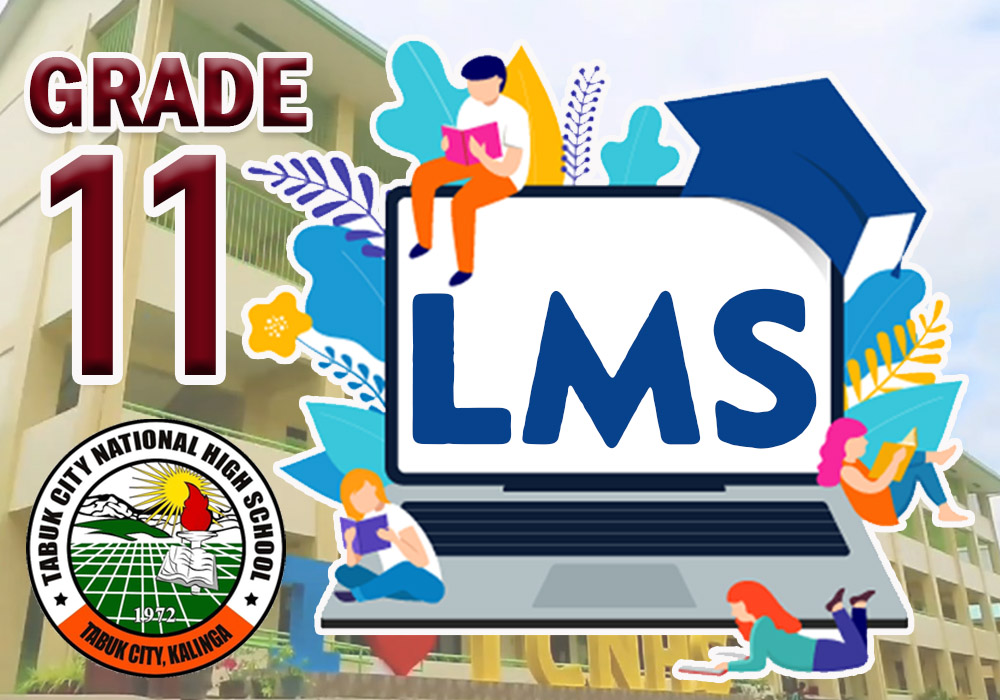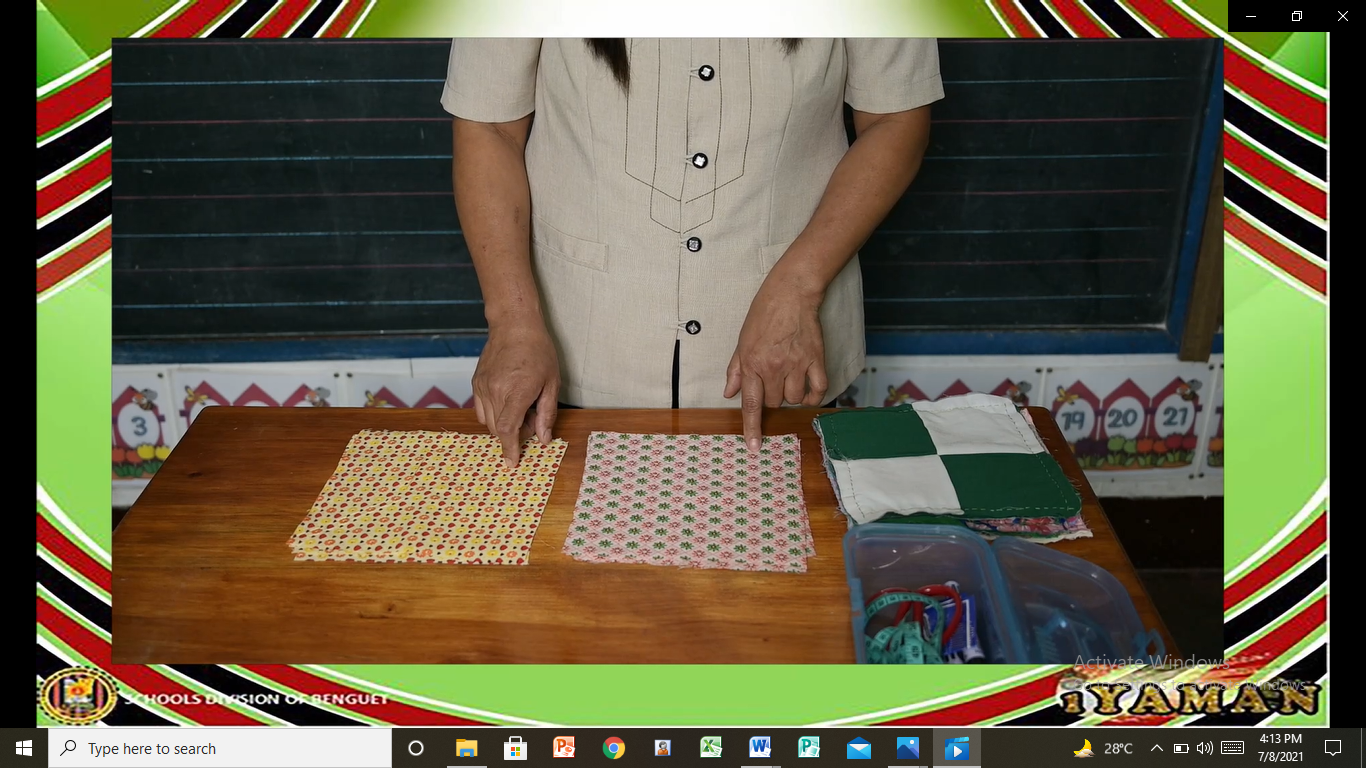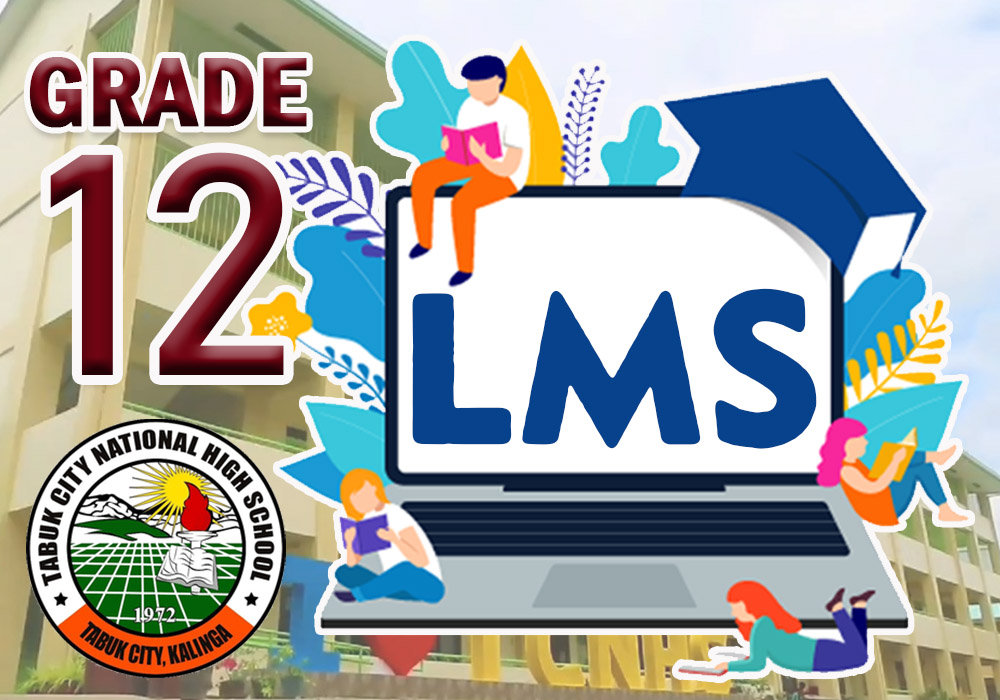Search results: 259
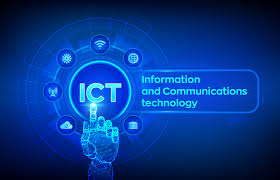
Entrepreneurship and ICT-Grade 5-NORIVEL C. SAGUID
The learner demonstrates an understanding of the basic knowledge and skills in entrepreneurship & ICT, Agriculture, Home Economics, and Industrial Arts toward the improvement of personal life, family, and community.
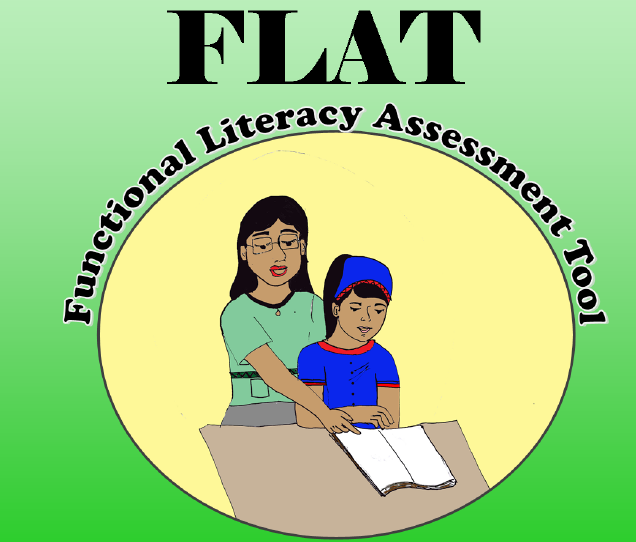
FLAT
Assessing your learners’ reading level is integral to effective reading
instruction. Hence, you must be acquainted with the performance levels of your
learners in reading literacy to help you develop and deliver appropriate
reading lessons addressing the needs of your learners.
The development of the Functional Literacy Assessment Tool (FLAT) is
geared towards helping you conduct effective and efficient literacy assessment,
specifically functional literacy. The FLAT also serves as your guide in
developing lessons and resource materials specially designed to cater to your
learners’ reading levels. Functional literacy is defined as the ability to read
through the FLAT to the story or the local material and answer retrieval
questions about the story or material as accurately as possible. This is an
essential literacy skill the learners need to do everyday tasks.
The FLAT aims to help teachers identify the learners’ literacy levels so
they will be able to provide effective remediation.
To
the Teachers:
You are now holding the FLAT Teacher’s Guide which is designed to help
you conduct the reading assessment effectively and efficiently. Your role as a
teacher is crucial to the successful conduct of this reading assessment because
the FLAT requires your knowledge and expertise.
The FLAT is composed of different materials and rating scales used to
measure the attainment of the desired reading test competencies per grade
level. This is a ladderized assessment tool; thus, every phase of the
assessment should be followed strictly. You may proceed to the succeeding
levels until you can determine the functional level the child has achieved with
ease. You need to explain to the learners that the results of the FLAT
assessment will not affect their grades.
For a better understanding of what FLAT is all about, you may refer to
the Glossary of Terms on page 17 as it elaborates the salient points of this
tool.

Follow 2 to 3 Step Written Directions-MTBQ3-Wk 7a
This module is a project of the Curriculum Implementation Division particularly the Learning Resource Management Section, Department of Education, Benguet Division for the implementation of the K to 12 Curriculum.
This Learning Material is a property of the Department of Education, Cordillera Administrative Region. It aims to improve the academic performance of all learners.
Date of
Development: January 19,
2021 Resource
Location: Bila Elementary School (Bokod District) Learning
Area: Mother Tongue 1 Type of
LR: Module Grade
Level: 1 Competency/Code: Follow
2 to 3 step written directions. (MT1SS-IIId-f-6.1)

GNES ENGLISH 4 2nd Periodical Test
Direction: Choose the letter of the best answer.
Title: The Little Carabao and the Farmer
Mang Ramon was a hardworking farmer who worked in his rice fields every day with his carabao, Kaloy. One day, while pulling the plow, Kaloy stopped and refused to move. “I’m too tired, Mang Ramon,” said Kaloy. Surprised that his carabao could talk, Mang Ramon paused and realized Kaloy had been working hard without rest. “I understand, Kaloy,” he said. “Let’s take a break.”
They sat under the shade of a mango tree. Kaloy suggested, “If we take short breaks, we can still finish our work without getting too tired.” Mang Ramon agreed, and from then on, they worked together more efficiently. As a result, their rice field grew better than ever, and the villagers admired how well they worked as a team.
1. What is the main conflict in the story "The Little Carabao and the Farmer"?

Grade 11 Oral Communication
This module is intended for Grade 11 students, officially enrolled in Ambangeg National High School. For inquiries, please contact the subject teacher through the messaging section located on the left side, beside your profile picture above.

Grade 3- Science- 135629- Mae Cleff K. Zarate
At the end of Grade 3, the
learners should have acquired
healthful habits and
have developed curiosity about
self and their environment
using basic process skills of
observing, communicating,
comparing, classifying,
measuring, inferring and
predicting. This curiosity will
help learners value science as
an important tool in helping
them continue to explore their
natural and physical
environment. This should also
include developing scientific
knowledge or concepts.
